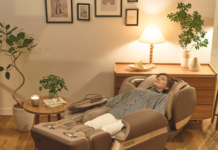
This International Women’s Day, Rated People reveals what it’s like to work as a tradeswoman in the UK and takes a stand against the shockingly low representation of women in the trades industry
- 39% of tradeswomen say they’re not taken seriously because of their gender and almost one in 10 say customers have refused to let them do a job because they’re a woman
- Just 1% of carpenters are women and less than 2% of electricians and plumbers are women
- Across 15 key trades in the industry, women earn just 72% of what men do – for floorers and tilers, this drops to 41%
- Change is on the horizon though – 32% of women would now consider working as a tradeswoman and women admissions to trade apprenticeships have increased by 27%
- Rated People has launched its new ‘Rated People Empowering Tradeswomen Programme’ to help change attitudes and make it easier for more women to get into and thrive in the industry
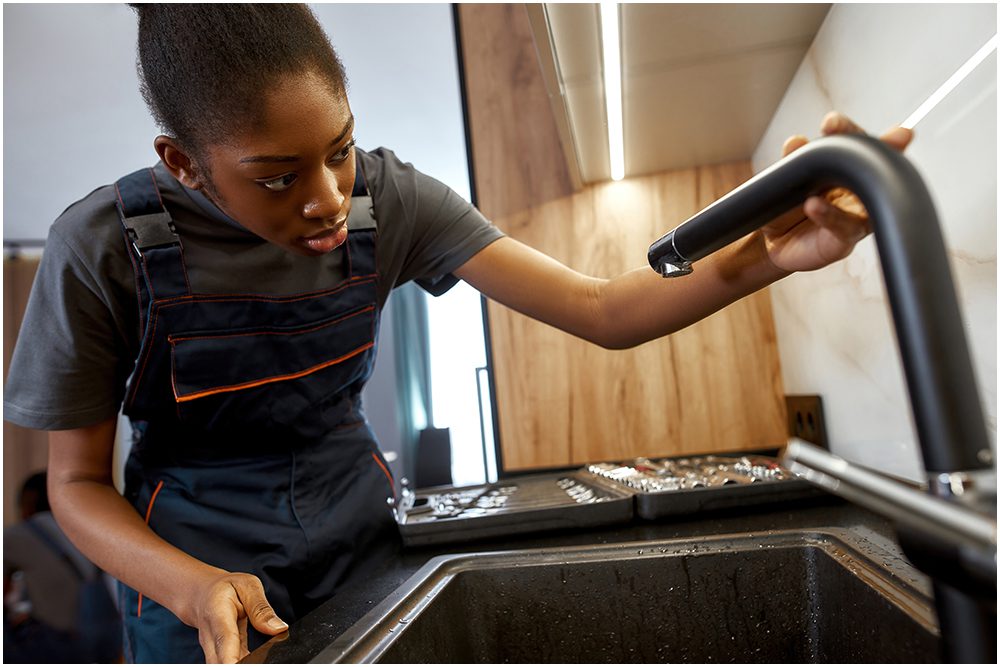
New research from the find-a-tradesperson platform, Rated People has revealed the biggest challenges faced by women who work in the trades industry, inclusive of all who identify as women, as well as the trades which have the lowest representation of women and the biggest gender pay gaps.
The study discovered well over a third of tradeswomen (39%) aren’t taken seriously because of their gender. One in seven (15%) have had personal safety concerns when working, and almost one in 10 (9%) say they’ve had customers who won’t let them work on a job when they see they’re a woman.
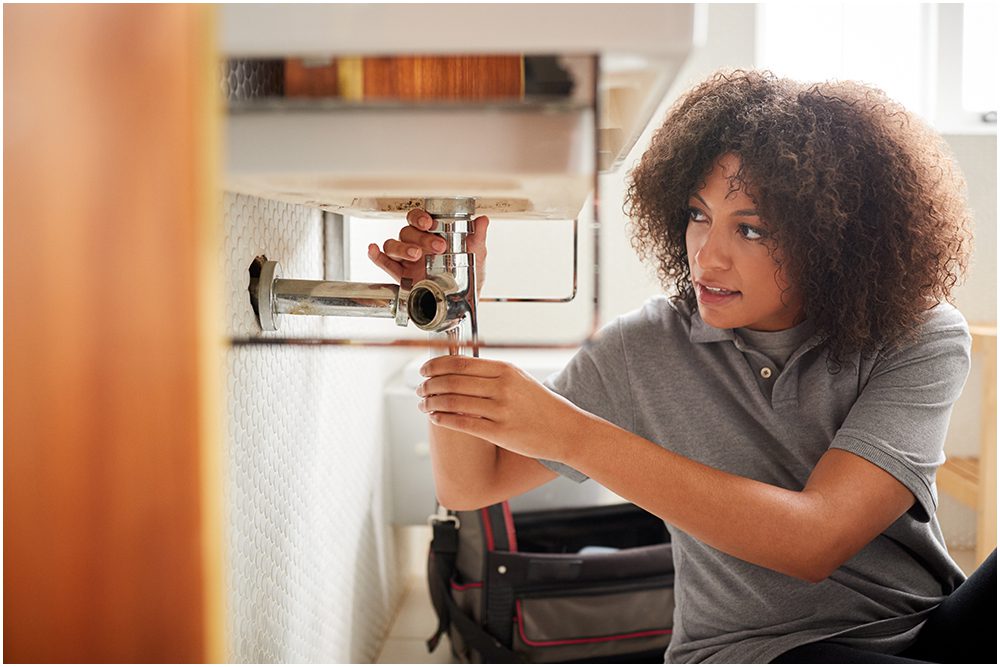
It’s 2022 and this needs to change
The findings are taken from the newly-launched 2022 edition of Rated People’s Home Improvement Trends Report, where researchers spoke to more than 600 tradespeople across the UK about working in the industry, and over 2,000 homeowners about their attitudes to hiring tradeswomen.
Positively, there’s growing demand from UK homeowners – nearly half (46%) say they’d definitely hire a tradeswoman, 43% have no preference and only 11% of UK homeowners say they’d prefer a tradesman. Almost one in three (29%) women in the UK also say they would feel safer hiring a tradeswoman to do a home improvement or maintenance job in their home.
But the research highlights just how out of balance the industry is. Over half (11) of the 20 professions with the worst levels of representation of women in the UK are within the trades industry.
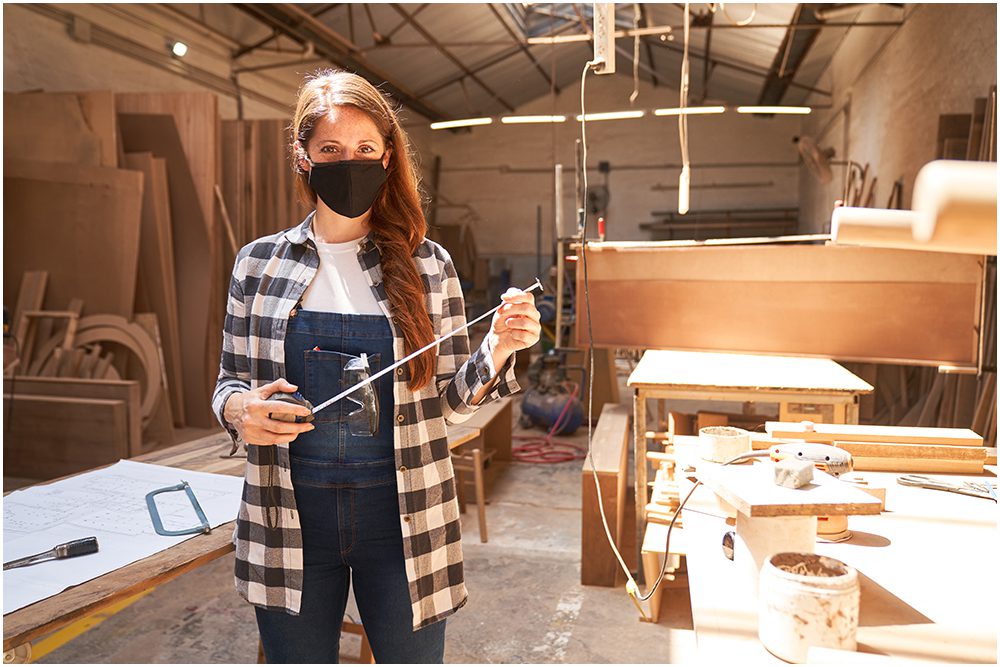
Women make up less than 1% (0.99%) of carpenters and joiners in the UK, and less than 4% of electricians, plumbers, floorers and tilers are women. Across the 10 trades with the lowest representation of women, none of them have more than 5% of women in the workforce.
The 10 trades with the lowest representation of women:
| Rank | Trade | Women in workforce – 2021 |
| 1 | Carpenters and joiners | 2,399 (0.99%) |
| 2 | Electricians and electrical fitters | 4,177 (1.73%) |
| 3 | Plumbers and heating and ventilating engineers | 3,283 (1.93%) |
| 4 | Metal working production and maintenance fitters | 3,594 (1.93%) |
| 5 | Elementary construction occupations | 5,383 (3.03%) |
| 6 | Glaziers, window fabricators and fitters | 1,472 (3.45%) |
| 7 | Floorers and wall tilers | 1,111 (3.46%) |
| 8 | Electrical and electronics technicians | 1,177 (3.61%) |
| 9 | Electrical and electronic trades | 2,932 (3.91%) |
| 10 | Building trades | 9,829 (4.01%) |
Please mind the gap
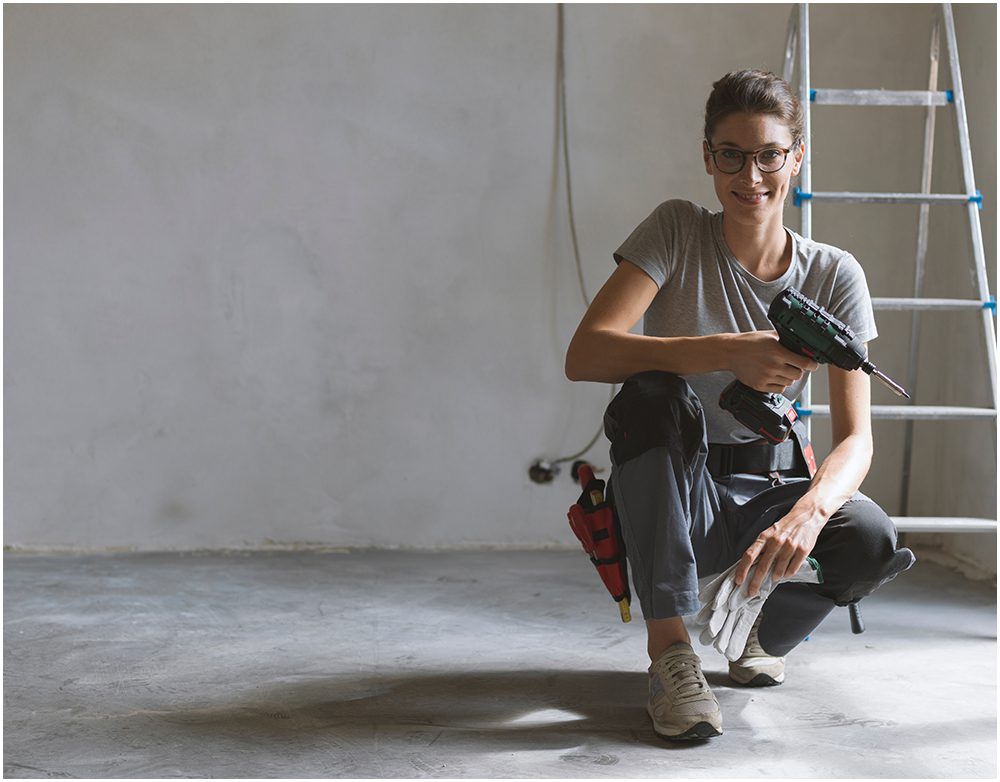
On average, women earn just 72% of what men do across 15 key trades in the industry. But for floorers and wall tilers, this drops to a staggeringly low 41%. The few women who are carpenters earn just shy of £17,000 a year on average, but men in the same trade earn over £31,000 – a difference of almost £15,000 a year, or put another way, an annual carpenter’s salary for a woman is just 53% of a man’s.

Women electricians earn 54% of what men do. Women in construction and building trades only earn the equivalent of 57% of a man’s salary, and women plumbers would take home just 61% of what a man would in the same trade.
The 10 trades with biggest gender pay gaps:
| Rank | Occupation | Average women’s annual pay | Average men’s annual pay | Difference in pay | Women’s pay as a percentage of men’s |
| 1 | Floorers and wall tilers | £12,514 | £30,764 | £18,250 | 41% |
| 2 | Metal working production and maintenance fitters | £19,814 | £38,586 | £18,772 | 51% |
| 3 | Electrical and electronic trades | £19,814 | £38,586 | £18,772 | 51% |
| 4 | Glaziers, window fabricators and fitters | £13,557 | £26,071 | £12,514 | 52% |
| 5 | Carpenters and joiners | £16,686 | £31,286 | £14,600 | 53% |
| 6 | Electricians and electrical fitters | £20,336 | £37,543 | £17,207 | 54% |
| 7 | Construction and building trades | £18,250 | £31,807 | £13,557 | 57% |
| 8 | Painters and decorators | £16,164 | £28,157 | £11,993 | 57% |
| 9 | Plumbers and heating and ventilating engineers | £21,900 | £35,979 | £14,079 | 61% |
| 10 | Electrical and electronics technicians | £26,593 | £33,371 | £6,778 | 80% |
Opportunities for tradeswomen in the UK
There are good indicators that change is starting to happen though – 32% of women in the UK now say they’d consider working in the trades industry. This could be a knock-on effect of the pandemic – people re-evaluating their jobs for example, or perhaps from increasing awareness of the opportunities that are available. According to Access Training, admissions of women on trade courses increased by 27% in 2021.
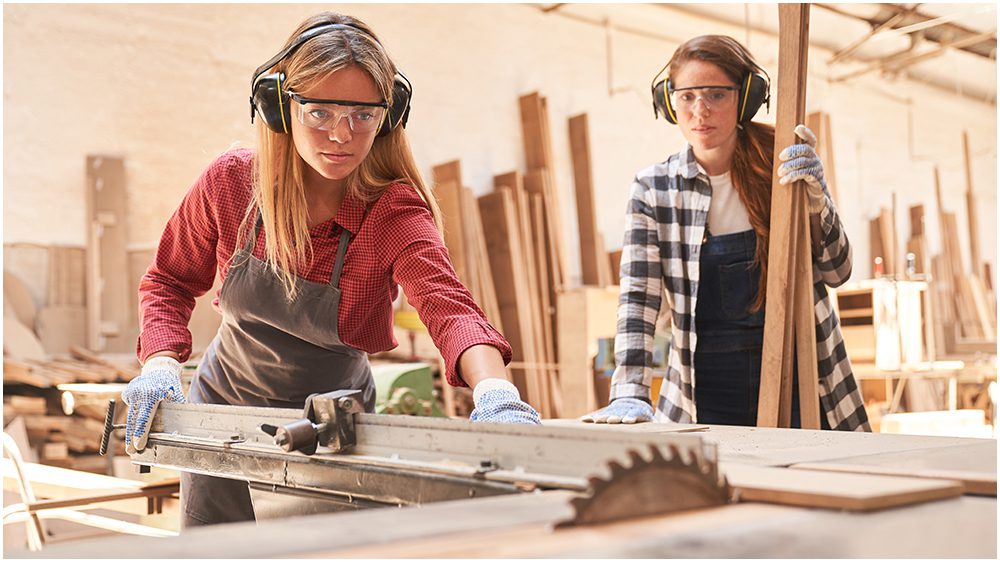
Google data also shows many homeowners are actively trying to find tradeswomen across a variety of trades. People searched for women painters the most in 2021, pulling in 27,500 Google searches over 12 months, and women builders, gardeners, plumbers and electricians also saw between 5,000 – 10,000 Google searches in 2021.
When speaking to tradeswomen about the biggest benefits of working in the industry, flexibility is key, with the top three advantages all about having increased autonomy. Almost one in four (22%) said ‘being their own boss’ was one of the biggest benefits for them – 18% said it was the flexible working hours, and 15% said they loved being able to choose how much work they took on.
Helping women homeowners feel safe was also a plus-point, with almost one in 10 (8%) tradeswomen saying they valued getting to help women who don’t feel comfortable or safe having a tradesman come into their home.
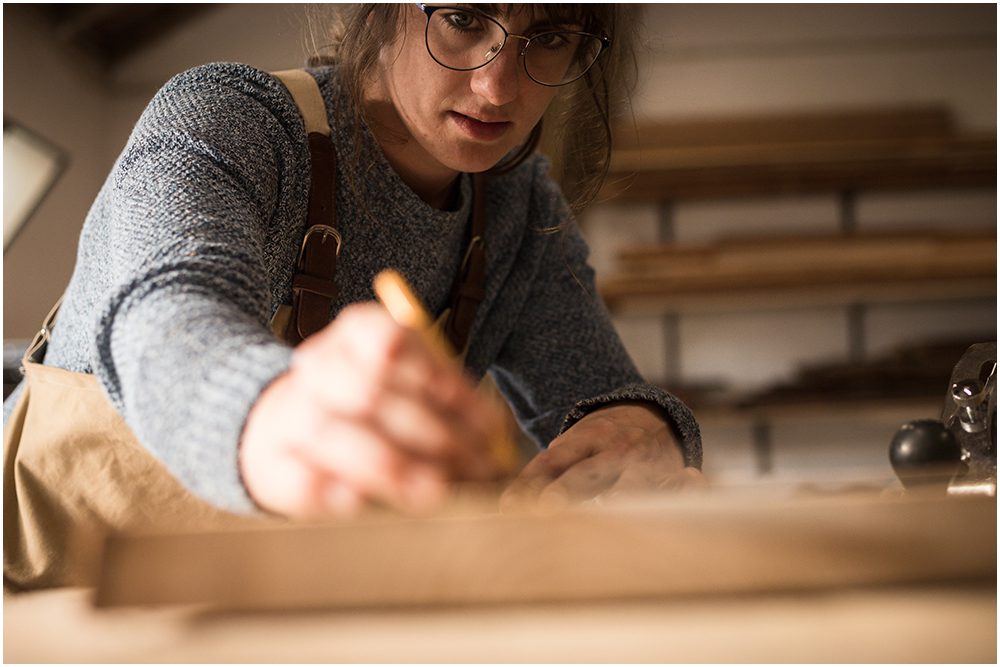
The Rated People Empowering Tradeswomen Programme
Following the research, Rated People has launched their new Rated People Empowering Tradeswomen Programme to help more women get into the trades industry and build successful careers. Whether they’re considering a career change, or they’ll soon be leaving school and considering their options, the programme is designed to help women at all stages of their trades careers.
The Rated People Empowering Tradeswomen Programme includes discounted skills training with Access Training, discounted business advice and coaching with Business Trades Coach, Alison Warner, and free exposure and discounted job leads on Rated People – for all the details, visit: https://www.ratedpeople.com/blog/home-improvement-trends-report-2022-empowering-tradeswomen-programme
Adrienne Minster, CEO of Rated People commented:
“We’ve long valued individuality, diversity and inclusion at Rated People. Empowering more women and people across the gender spectrum to build successful careers in trades services is a priority for us. There’s still a lot to be done, but it’s a challenge we’re embracing.
With 14 of the 15 top trades recruiting significantly less women than men, getting more women into trades services can also play a huge role in helping to address the industry’s workforce shortage.
At Rated People, we’re making a pledge to feature more tradeswomen role models and we want to promote the incredible work being done by tradeswomen in the industry. We also want to make it easier for more women to get into the business, so we’ve launched a new programme that’s packed with benefits, help and advice.

No matter your background or career, we invite you to stand with us as we help strive towards a more diverse, equitable and inclusive workforce.”
To see the full research and the newest edition of the Rated People Home Improvement Trends Report, visit: https://www.ratedpeople.com/blog/home-improvement-trends-report
With another storm forecasted for February, many of us need ways to protect our windows from damage or build ups of condensation. Louis McGee, glazing expert at Cloudy2Clear has put together the below advice to help homeowners accomplish this.
“Invest in getting storm shutters installed
You may be able to have storm shutters installed if you move quickly. Sturdy wooden storm shutters are one of the best available options. They’re great at absorbing impacts and they can be reused over again in future storms.
Replace your double glazed windows
If condensation is forming between your window panes, it means that there are gaps in the glass that are allowing in moisture. Whether it’s due to physical damage or poor fitting, these gaps mean that heat from your home will escape – causing your energy bills to skyrocket. Furthermore, damaged windows will be less durable in stormy weather and more easily shattered.
Improve Ventilation
By ensuring your home is properly ventilated, you’ll improve the airflow and fight off the issues caused by condensation.
Opening windows (provided it isn’t too windy outside) is a simple way to implement this, especially in the kitchen and bathroom. If you’ve cooked in the oven or on a hob, or if you’ve had a shower, leave your windows open in that room until the air is clear to prevent moisture build-ups.
It’s also important that you’re using extractor fans in both the kitchen and bathroom to allow steam to escape. Plus, keeping your doors closed helps to isolate steam and moisture, making it easier to dissipate and stops it spreading to other rooms.
Heating and insulation
Issues with condensation are intensified by sudden rises and drops in temperature, as each fluctuation causes water to evaporate and condense when your central heating turns on and off.
Rather than allowing your heating to swing between hot and cold, keep your heating on a constant low temperature. This will help to prevent damp from forming in your home.
Ensuring your home has appropriate insulation will reduce the likelihood of condensation forming in cold spots on walls and ceiling. Cavity wall and loft insulation will help to keep your walls a consistent temperature.
Clearing moisture
An immediate solution to condensation is to remove any water droplets you come across in your home.
All you need is a soft cloth or paper towels – something that won’t damage your windows – and you can keep on top of any moisture forming. In the short term, cleaning your windows of condensation regularly you can prevent the moisture developing in to damp or mould issues.
To reduce condensation brought on by cold temperatures and rain, here are some actions you can take:
- Vented washer dryers
Many modern washer dryers are condenser models, which collect moisture from the drum which can be emptied later. If you have a vented washer dryer, however, make sure that the vent is properly secured; otherwise, moisture can easily escape and become trapped in your home.
- Cook with pot lids
Another easy way to reduce moisture in your home is to make sure you’re cooking with pot lids. Bubbling pots and pans release a lot of steam and moisture into kitchens, even with an extractor fan, so using a lid while you cook helps to reduce how much steam is released into the room.
- Don’t overfill wardrobes and cupboards
Both wardrobes and kitchen cupboards are breeding grounds for mould if left overfilled. Any trapped moisture will struggle to escape due to the lack of airflow, so make sure you’re not filling them to the brim to allow air to circulate inside
- Move furniture away from external walls
Just like with your wardrobes, it’s important to make sure there’s enough room between your walls and your furniture for air to circulate. If sofas and large pieces of furniture are pushed right up against walls, especially exterior walls, they run the risk of becoming damp and mouldy from the cold.
- Use bath mats
It’s not just bathroom walls that have the potential for damp issues; the floor is at risk too. Invest in a good-sized bath mat to absorb most of the water when you get out of the bath or shower, so you’re not drenching your bathroom floor in water and creating more condensation.
- Check for leaks
Keep an eye on your roof and ceilings for any drips or leaks that present themselves. They can be easy to miss at first, but if left unchecked, they can leave your ceiling and walls soaked over time.
- Check guttering and downpipes
Much like leaks, blocked gutters can cause havoc to your exterior walls. Keep all guttering and downpipes free from debris to prevent blockages, which could lead to excess water soaking your homes exterior walls.”
Help keep news FREE for our readers
Supporting your local community newspaper/online news outlet is crucial now more than ever. If you believe in independent journalism, then consider making a valuable contribution by making a one-time or monthly donation. We operate in rural areas where providing unbiased news can be challenging. Read More About Supporting The West Wales Chronicle






